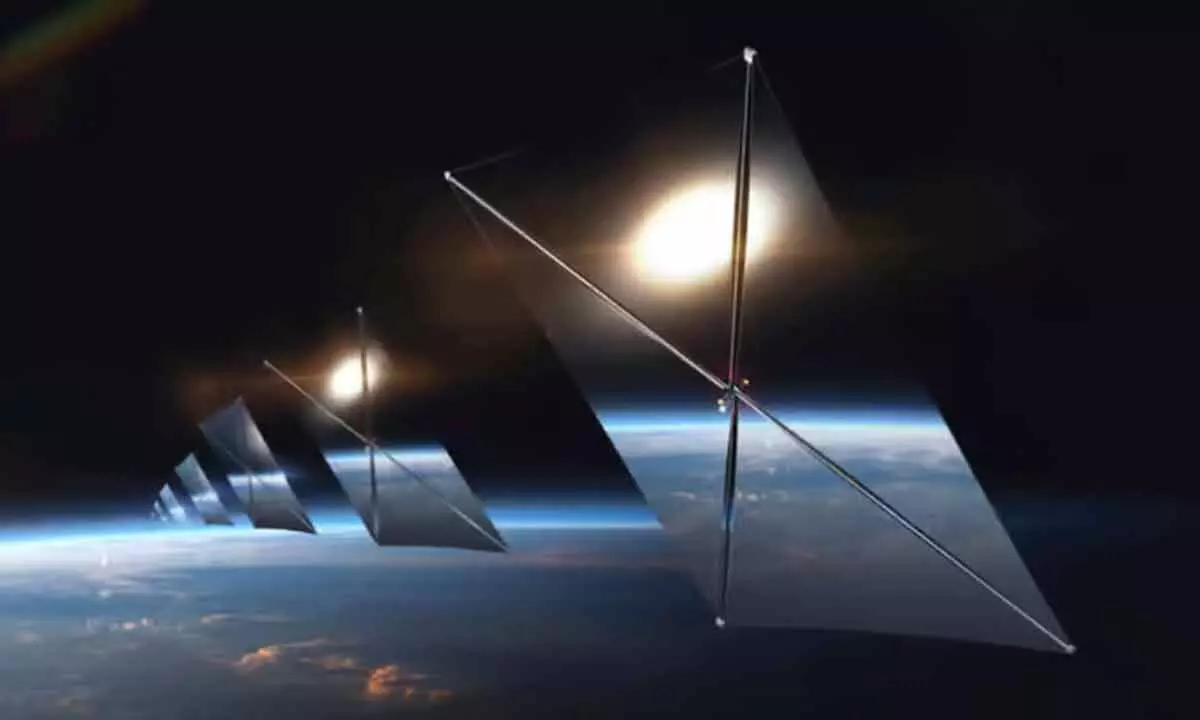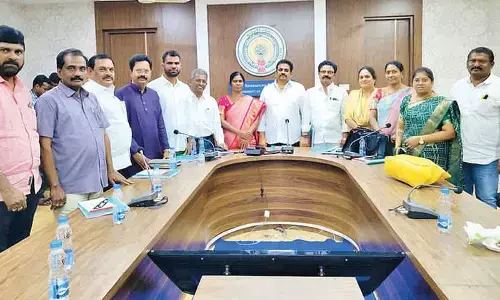Reflect Orbital: California Startup to Deliver Sunlight at Night with Satellites

Reflect Orbital aims to revolutionize solar energy by using satellites with mirrors to provide sunlight on demand during nighttime.
Reflect Orbital, a forward-thinking California-based startup is pioneering a new approach to improve solar energy production by delivering sunlight at night. The company is creating a fleet of satellites equipped with large mirrors that can reflect sunlight onto solar farms at night, maximizing their productivity even after sunset.
The concept behind Reflect Orbital's innovation has been introduced previously. In the 1990s, Russia's Znamya project experimented with space-based reflectors designed to direct sunlight to Earth, aiming to illuminate regions during nighttime or areas with limited natural light. Although the project was ultimately discontinued due to technical challenges, it laid the groundwork for future innovations like Reflect Orbital's current endeavour.
Co-founded by Ben Nowack and Tristan Semmelhack, Reflect Orbital is working on a constellation of satellites specifically designed to reflect sunlight to targeted locations on Earth. Nowack, the CEO, has stressed the transformative potential of this technology in the solar energy sector, emphasizing that it could ensure continuous power generation, even during nighttime.
Recently, Reflect Orbital successfully tested its concept using a hot-air balloon equipped with a large mirror to reflect sunlight onto a mobile solar farm. This test demonstrated the feasibility of their idea and set the stage for the next phase: deploying satellite-based mirrors. The California-based startup plans to deliver this service by the last quarter of 2025.
According to Reflect Orbital's website, applications for their sunlight service will close in October 2024, with limited availability. Each deployment will deliver sunlight for approximately four minutes, illuminating an area with a diameter of about three miles. This creative approach could significantly boost the efficiency of solar farms, making renewable energy more reliable and available on demand, regardless of the time of day.




















